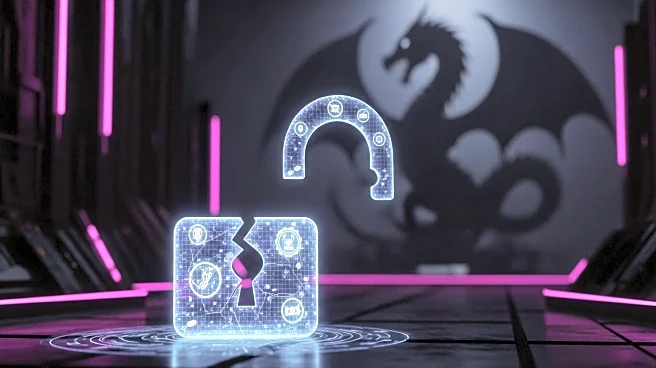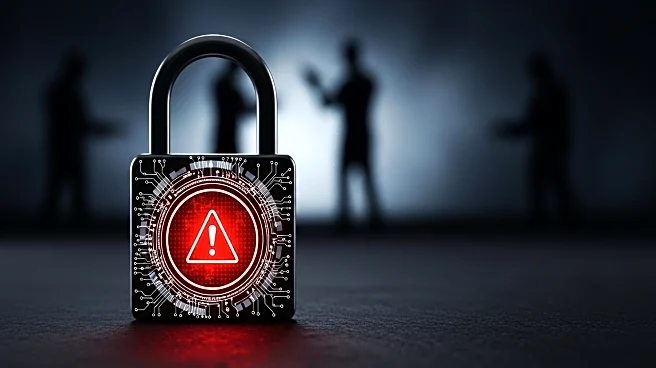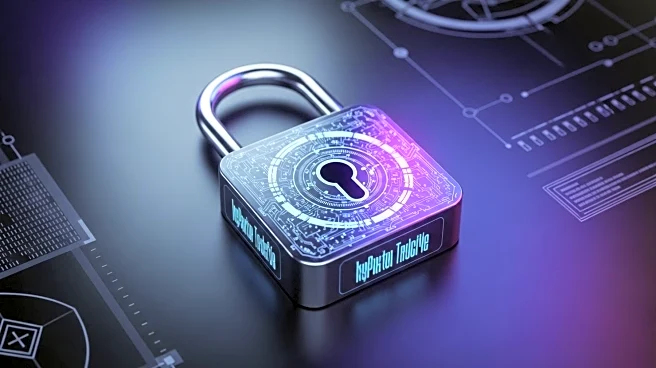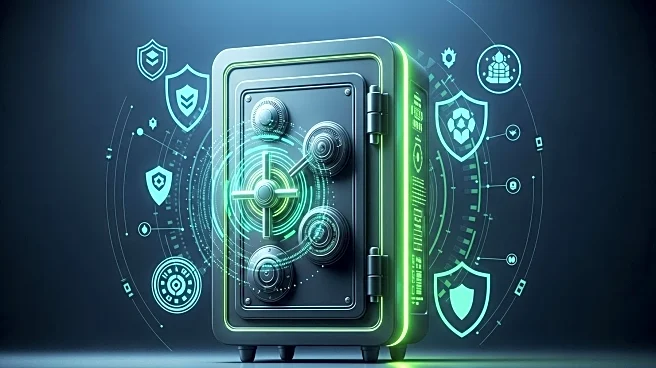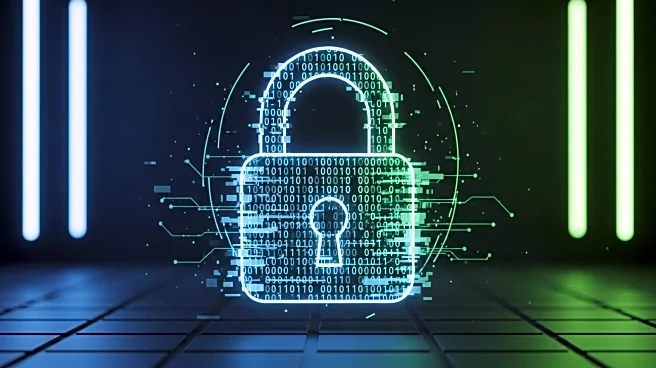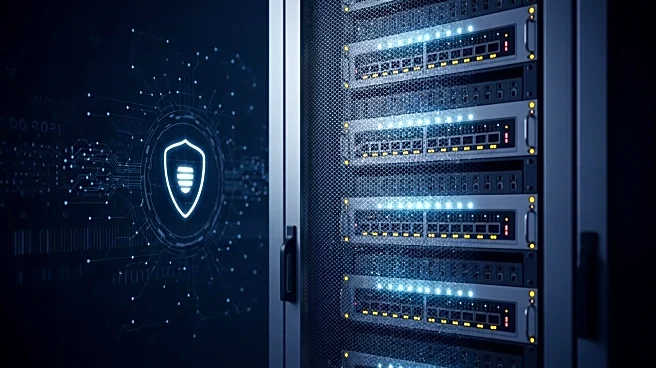What's Happening?
Juniper Networks has issued patches for nearly 220 vulnerabilities in its Junos OS, Junos Space, and Security Director platforms. Among these, nine critical-severity flaws were identified in Junos Space, including a cross-site scripting (XSS) vulnerability that could allow attackers to execute commands with administrative privileges. The updates address a range of security defects, including denial-of-service (DoS) vulnerabilities and arbitrary file download issues. Juniper's October 2025 security advisories emphasize the importance of applying these patches promptly, as there are no workarounds for most of the issues.
Why It's Important?
The resolution of these vulnerabilities is crucial for maintaining the security and integrity of Juniper Networks' products, which are widely used in enterprise and government settings. Unpatched vulnerabilities can lead to unauthorized access, data breaches, and service disruptions, affecting business operations and potentially compromising sensitive information. By addressing these flaws, Juniper Networks helps protect its users from potential cyber threats and reinforces its commitment to cybersecurity.
What's Next?
Users of Juniper Networks' products are advised to apply the patches as soon as possible to safeguard their systems. Juniper will likely continue to monitor for any exploitation attempts and may release additional updates if necessary. The company may also enhance its security protocols and collaborate with cybersecurity experts to prevent future vulnerabilities. Customers should remain vigilant and ensure their systems are regularly updated to mitigate risks.
Beyond the Headlines
The extensive patching effort highlights the ongoing challenges in cybersecurity management and the need for robust security practices. It also raises awareness about the importance of timely vulnerability disclosure and the role of cybersecurity firms in protecting their clients. The incident may prompt discussions on improving software development processes to minimize security flaws.


